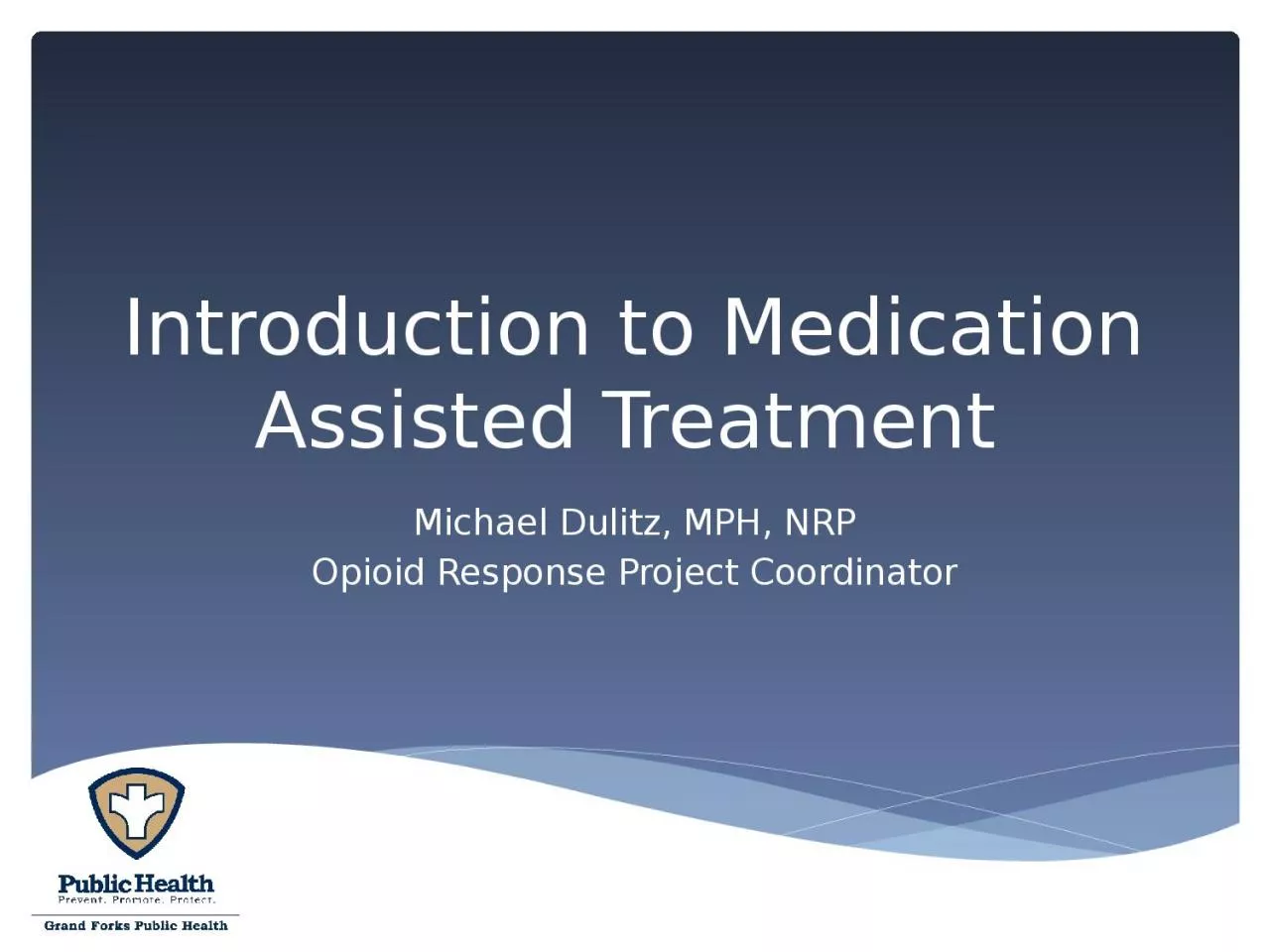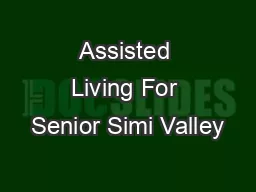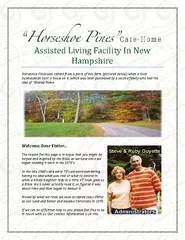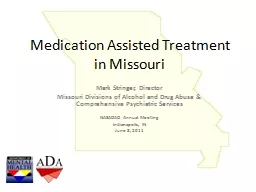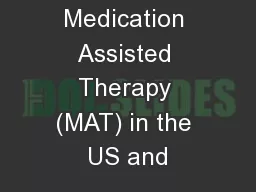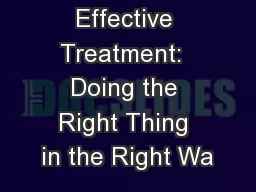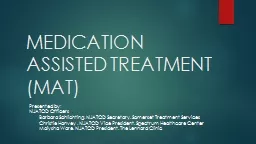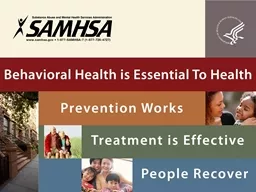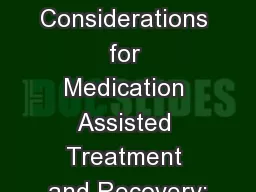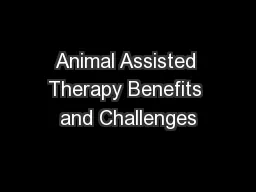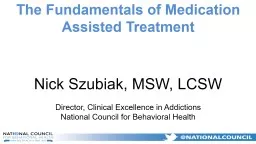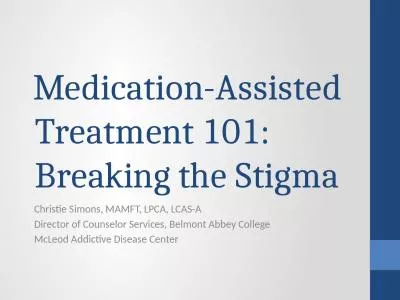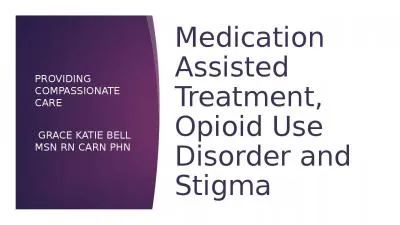PPT-Introduction to Medication Assisted Treatment
Author : oneill | Published Date : 2024-02-09
Michael Dulitz MPH NRP Opioid Response Project Coordinator Foundation Addiction is a chronic relapsing brain disease characterized by compulsive use of a substance
Presentation Embed Code
Download Presentation
Download Presentation The PPT/PDF document "Introduction to Medication Assisted Trea..." is the property of its rightful owner. Permission is granted to download and print the materials on this website for personal, non-commercial use only, and to display it on your personal computer provided you do not modify the materials and that you retain all copyright notices contained in the materials. By downloading content from our website, you accept the terms of this agreement.
Introduction to Medication Assisted Treatment: Transcript
Download Rules Of Document
"Introduction to Medication Assisted Treatment"The content belongs to its owner. You may download and print it for personal use, without modification, and keep all copyright notices. By downloading, you agree to these terms.
Related Documents

